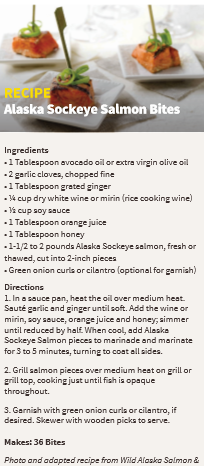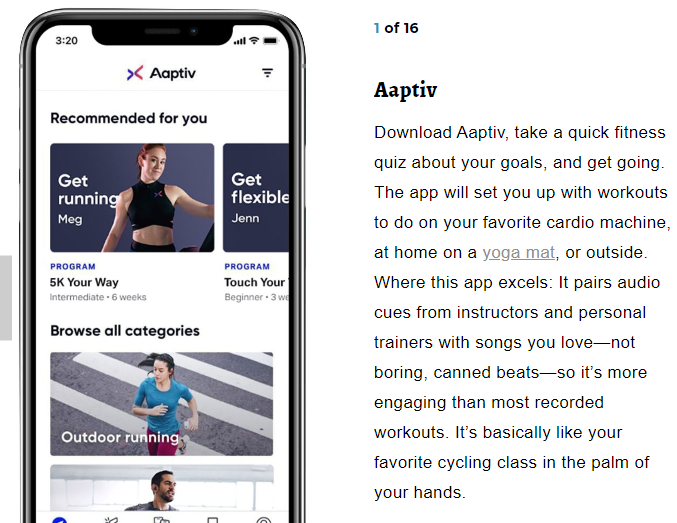
Author: Sonja Goedkoop, MSPH, RD
This versatile one-pot packs plenty of vegetables, plant protein, whole grains and flavorful herbs. Pad Thai may look daunting, but you can use any vegetables you have on hand and it takes just 15 minutes to cook. Restaurant versions use fried rice and heavy sauce. This healthy homemade recipe tastes better and isn’t overly oily. Try this for your family’s next Meatless Monday dinner or prep lunches for the whole week.
Ingredients:
Pad Thai:
8 ounces dried wide, flat rice noodles (preferably brown rice noodles)
1 Tbsp olive, sesame, or canola oil (divided)
8 oz extra firm tofu, drained and cut into ½ inch cubes
2 large eggs
1/2 yellow onion, chopped
3 cloves garlic, minced
1 head of broccoli, cut into small florets
1 zucchini, spiralized (or sliced into thin, long strips)
1 cup snap peas
2 carrots, grated
1 cup mung bean sprouts
Sauce:
- 1 Tbsp fish sauce
- 2 Tbsp rice vinegar
- 1 Tbsp reduced sodium soy sauce or tamari (gluten-free)
- 1 Tbsp honey (or sub another sweetener)
- 1/4 cup lime juice (juice of 1-2 limes)
Garnishes:
- 2 Tbsp peanuts, chopped
- Lime wedges
Directions
1. Prepare the sauce by whisking together all the sauce ingredients in a small bowl and set aside.
2. Next, prepare the noodles according to package instructions. For most rice noodles: bring a pot of water to a boil, remove from heat let
the noodles soak in the hot water until just al dente (about 10 minutes). Drain and set noodles aside.
3. Heat 1/2 of the oil over medium-high heat.
4. Saute tofu about 3 minutes, or until just getting golden brown. Rotate the pieces to get a golden color on all sides. Move it to the edge of
the pan.
5. Crack eggs into the pan, saute with spatula to break yolk and scramble until just cooked through (about 1 min). Set the egg and tofu
aside on a plate for a later step.
6. Add the remaining oil to the pan and add the onion and garlic. Saute 1-2 minutes, or until just translucent. Optional: add a pinch of red
chili flakes for extra heat.
7. Saute the rest of your vegetables until they are just fork-tender and still bright in color, about 3 minutes.
8. Add the noodles, sauce, and tofu/egg mixture to the pan. Gently mix everything together so the flavors combine and the noodles can
soak up the sauce. Add most of the herbs and bean sprouts (reserve a handful for garnish).
9. Serve with a topping of fresh herbs, the remaining bean sprouts, lime wedges, and a sprinkle of peanut
Makes 4 servings. (1.5 – 2 cups per person)
Per Serving: 420 calories, 10 g total fat (3 g saturated fat), 66 g carbohydrate, 18 g protein, 9 g dietary fiber, 620 mg sodium.
Prep Time: 30 minutes
Cook Time: 15 minute
http://www.aicr.org/health-e-recipes/2018/fresh-and-light-veggie-pad-thai.html








